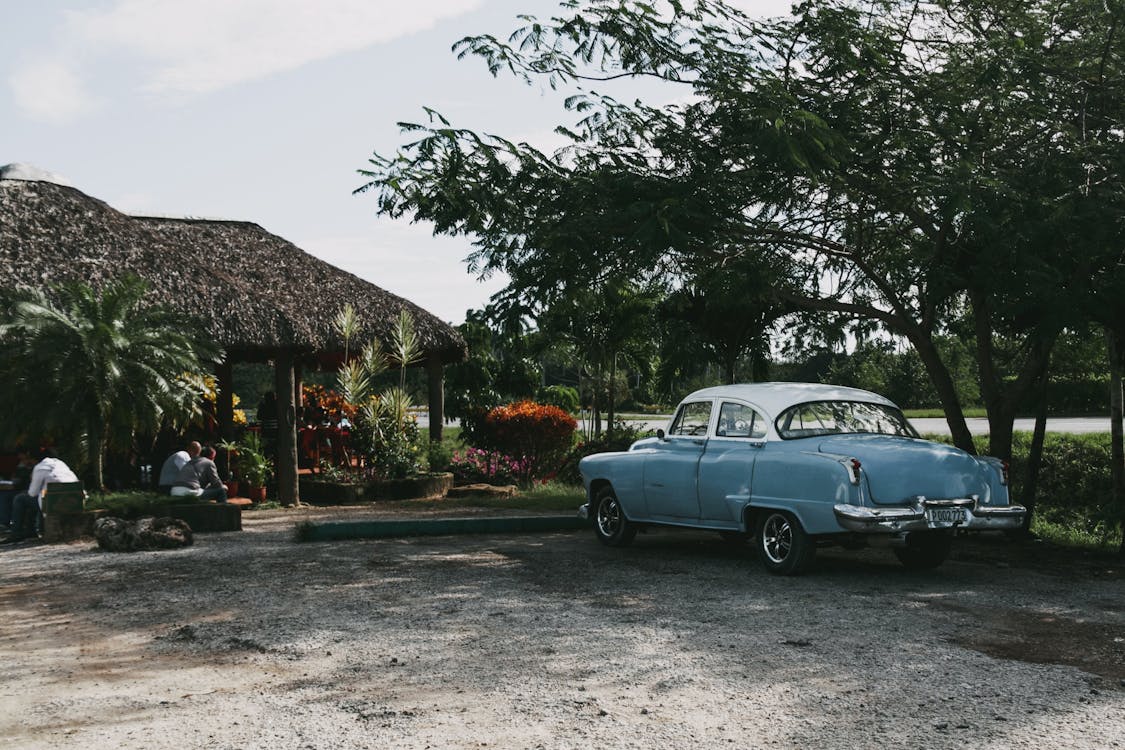
A Symphony of Green and White: Understanding Variegation in Thuja Can Can
Share
In the vast orchestra of nature, Thuja Can Can trees stands out as a soloist, performing a captivating symphony of green and white. The secret to its visual melody lies in variegation, a botanical phenomenon that transforms each leaf into a unique note in the composition of your garden.
Join us as we dive deep into the science and beauty of variegation in Thuja Can Can, exploring the patterns that create this harmonious dance of colors.
1. Variegation Unveiled: A Botanical Ballet
Variegation is a term used to describe the occurrence of differently colored zones in the leaves of plants. In Thuja Can Can, this botanical ballet manifests as a dance between vibrant greens and pristine whites. Unlike solid green leaves, variegated leaves feature patterns that add a layer of complexity and visual interest to the foliage.
2. The Genetic Ballet: Origins of Variegation in Thuja Can Can
The genetic basis of variegation in Thuja Can Can trees involves a delicate interplay of pigments. While chlorophyll is responsible for the green coloration, the variegation arises from mutations affecting chlorophyll production. These mutations create zones with reduced chlorophyll, resulting in areas that appear white or lighter in color. Nature, it seems, wields its genetic brushstrokes to craft a living masterpiece.
3. Understanding Variegation Patterns: The Thuja Can Can Gallery
Thuja Can Can tree showcases a diverse gallery of variegation patterns, each leaf resembling a miniature work of art. The most common patterns include:
- Marginate Variegation:White edges or margins adorn the green leaves, creating a striking contrast.
- Streaked Variegation:Irregular white streaks or stripes run through the green foliage, resembling brushstrokes on a canvas.
- Mottled Variegation:Random patches of white intermingle with the green, creating a mottled or speckled effect.
- Sectoral Variegation:Sections of the leaf are distinctly either green or white, giving a segmented appearance.
Understanding these patterns adds a layer of appreciation for the intricate beauty of Thuja Can Can, where each leaf tells a unique story in the symphony of green and white.
4. Environmental Influences: The Conductor's Baton
While genetics lay the foundation for variegation, environmental factors act as the conductor's baton, influencing the intensity and stability of the symphony. Factors such as light, temperature, and soil conditions play crucial roles in nurturing the melody of green and white.
- Light:Adequate sunlight is essential for the production of chlorophyll, the green pigment. Thuja Can Can thrives in partial to full sunlight, with variegation often becoming more pronounced in higher light conditions.
- Temperature:Variegation can be affected by temperature fluctuations. Cooler temperatures may enhance variegation, while excessive heat might cause the variegated patterns to fade.
- Soil Conditions:Well-drained, nutrient-rich soil provides the necessary foundation for Thuja Can Can's growth and variegation. Consistent watering and proper soil composition contribute to the overall health of the plant.

Designing with Variegation: Creating a Visual Symphony
Understanding the nuances of variegation in Thuja Can Can opens up a world of possibilities for designing your garden. Consider the following ideas to create a visual symphony in your outdoor space:
5. Focal Points and Accents: Variegation as Visual Emphasis
Variegated plants, including Thuja Can Can, make excellent focal points in your garden design. Planting them strategically draws the eye and adds visual emphasis to specific areas. Whether used as standalone specimens or in combination with other plants, the variegation becomes a dynamic element in your garden composition.
6. Contrast and Complement: Pairing Variegation with Other Colors
Variegation is a versatile design tool that can be used to create both contrast and complement in your garden. Pairing Thuja Can Can trees with plants of solid colors or complementary hues enhances the visual dialogue. The green and white patterns act as a bridge, connecting different elements and creating a harmonious composition.
7. Variegation in Containers: Portable Beauty
Variegated plants, including Thuja Can Can, are well-suited for container gardening. Planting them in containers offers a portable and versatile way to introduce variegation to different areas of your garden. Experiment with different arrangements, and use containers as focal points or accents to enhance the overall visual appeal.
Caring for Variegated Beauty: Tips for Thuja Can Can
To ensure the ongoing beauty of variegation in Thuja Can Can, consider the following care tips to guide your gardening journey:
8. Adequate Sunlight: Illuminating the Green and White Dance
While Thuja Can Can can tolerate partial shade, providing it with adequate sunlight enhances the intensity of variegation. Aim for at least four to six hours of direct sunlight daily to maintain the vibrant dance of green and white.
9. Pruning for Shape: Maintaining the Sculptural Form
Regular pruning helps maintain the shape and form of Thuja Can Can, ensuring that the variegation patterns are showcased to their full potential. Trim the plant as needed to accentuate its natural structure or create specific design elements in your garden.
10. Watering Consistency: Keeping the Melody Hydrated
While Thuja Can Can prefers well-drained soil, ensuring that the plant remains consistently hydrated supports its overall well-being. Monitor soil moisture, especially during dry spells, to keep the symphony of green and white flourishing.

Thuja Gardens, Your Source for Variegated Masterpieces
As you delve into the science and beauty of variegation in Thuja Can Can, consider Thuja Gardens as your source for premium variegated specimens.
Explore our curated selection of Thuja Can Can and other variegated plants, and let the symphony of green and white unfold in your garden. Nature's masterpiece is waiting to be planted in your outdoor sanctuary.
